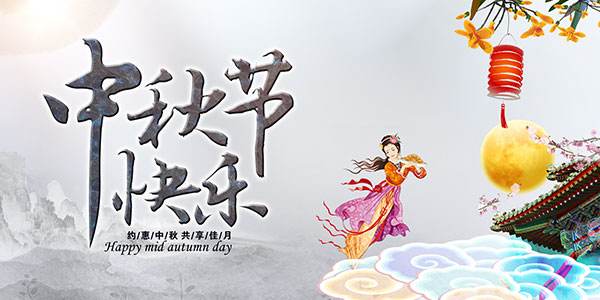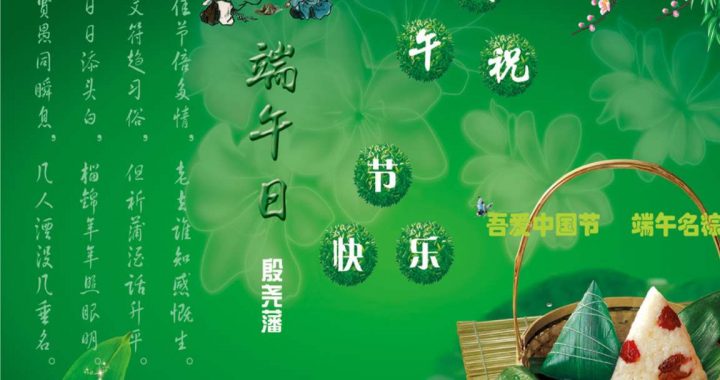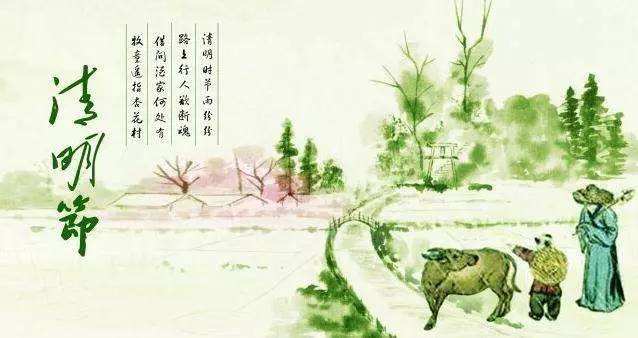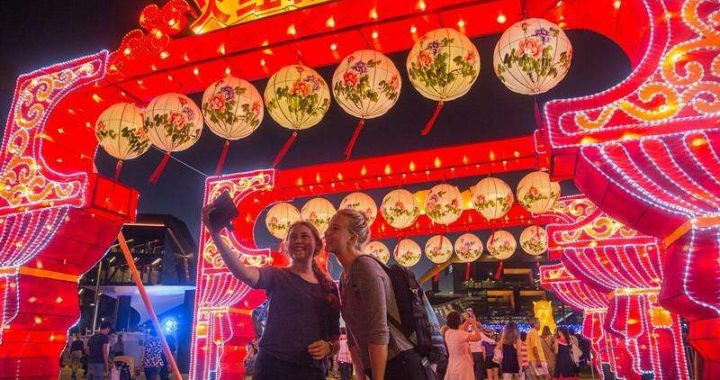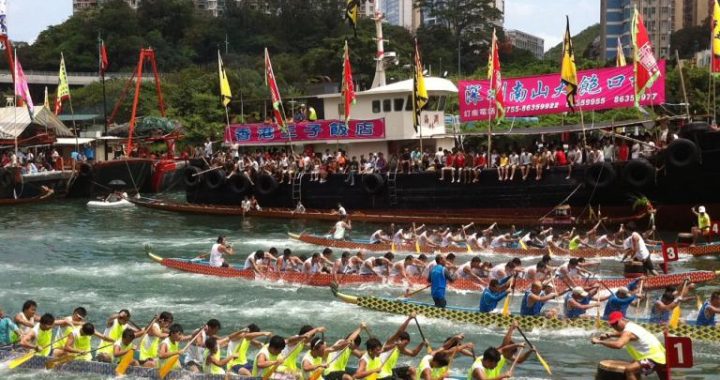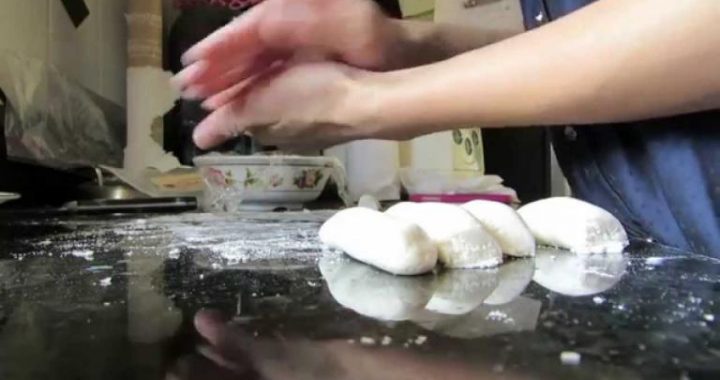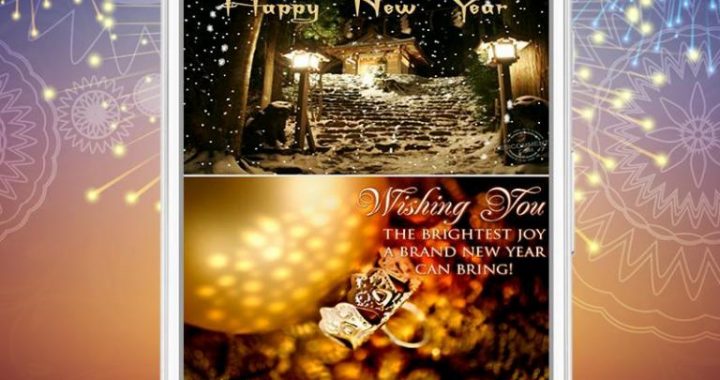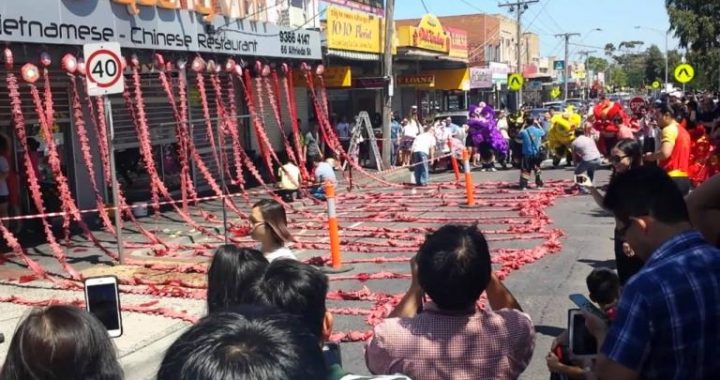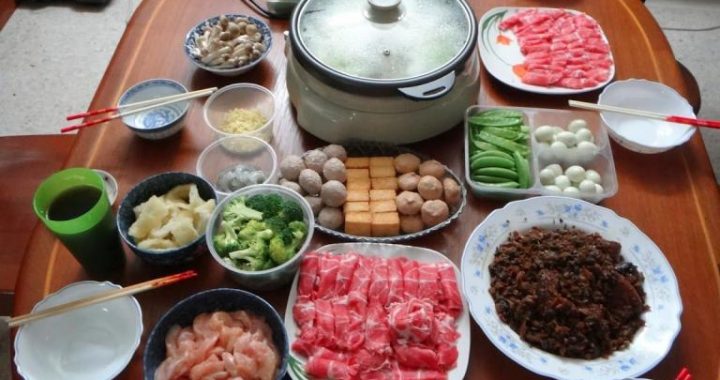The Maturity and Secularization of the Festival System in Ming and Qing Dynasties
8 min readMing and Qing dynasties were at the end of the feudal history in China. The feudal system was very mature and festival activities were almost finalized. While inheriting various rules from previous dynasties, festivals in this period were better planned and regularized. In festivals like Yuandan, Yuanxiao, Qingming, Duanwu, Zhongqiu, Chongyang, the Winter Solstice Day and the New Year’s Eve according to the lunar calendar there would be a series of fete and feast activities all over the country. In Qing dynasty, festivals continued the customs from Ming with even more abundant ceremonies in a popular and entertaining style. Ming and Qing dynasties enjoyed prosperity of commodity economy and people were activated in thinking. Therefore festivals provided people with more opportunities of business exchange and.
Scenery of the Prosperous Nanjing(Ming dynasty)(Part)
interpersonal communication.
1) Completed and Detailed Festival System The festival systems in Ming and Qing were more complete. There were seasonal festivals and religious festivals. Seasonal festivals included Yuandan, Renri(the seventh day of the first month in lunar calendar, the day when human beings were created), Spring Begins, Yuanxiao, the Twenty-fifth Day of the First Month in lunar calendar(Tiancang), the day in memory of an official of storehouse who saved people in famine yet killed himself in fire, Zhonghe, Chunshe and the Twelfth Day of the Second Month in lunar calendar, Birthday of All Flowers(Huazhao), Shangsi, Hanshi, Qingming, Duanwu, Qixi, Zhongqiu, Chongyang, First Day of the Tenth Month in lunar year, when people sent paper clothes to deceasedancestors (Shiyuesu), the Winter Solstice Day, Xiaonian and New Year’s Eve. Religious festivals included Yanjiu, Birthday of Avalokiteshvara, Wenchang Festival (Wenchang is the God of Literature), Birthday of Emperor of the Eastern Sacred Mountain, the Bathing Buddha Day, the Sixth Day of the Sixth Month in lunar year, also known as Aunt’s Day(Tiankuang), Zhongyuan, Xiayuan, Laba, etc.

The Tiancang Festival(tiancang means to fill the barn)
was on the twenty-fifth day of the first month in lunar year.
It was popular in northern China. After the New Year holiday, most barns would be empty and there was a need to make them full again, hence the name Tiancang. In Qing dynasty, there was the custom to make food with millet and rice flour and offer to the deity of barns. Tiankuang Festival (tiankuang means heavenly award) was on the sixth day of the sixth month in the lunar calendar. Tiankuang was a Taoist festival, in which people would sun their clothes and books, make soy sauce, vinegar and wine, offer sacrifice to deities and worship ancestors. People would also wash themselves and clean livestock, pray for a nice weather and make food that could ease the hot summer.
Avalokitesvara’s birthday was on the twenty-ninth day of the second lunar month. Avalokitesvara is one of the.
Painted sculpture of Avalokitesvara in Shuanglin Temple in Pingyao four bodhisattvas in Buddhism in China. On Avalokitesvara’s Birthday, customs included burning incense, offering alms, praying in temples for offspring and bless, spring outing, etc. Wenchang Festival was on the third day of the second month, which was the birthday of God of Literature. He was the deity in charge of people’s fame, career and salary. He decided who might get award or official position. The court officials and the folks in Ming dynasty would offer sacrifice to him.In Qing dynasty,Wenchang Temple could be found everywhere.On Wenchang Festival,all scholars and students would not only offer sacrifice to pray for winning a prize in the following year’s imperial examination but also have feasts together afterwards.The Birthday of Emperor of the Eastern Sacred Mountain was on the twenty-eighth day of the third month.He was the deity in charge of Mount Tai in Taoism.The folks believed that the deity of Mount Tai was in charge of people’s life and death.Therefore peoplewould all gather around the Temple for Emperor of the Eastern Sacred Mountain and offer sacrifice to him.

The maturity of the festival system in Ming and Qing dynasties was also revealed by the diversification of festival customs.For example,in Yuandan Festival,people would offer sacrifice to deities and ancestors;the royal court would order a meeting;the folks would not only congratulate each other for the new year,set off Lian Sheng Gui Zi(symbolizing giving birth to sons serially),New Year picture of Yangliuqing firecrackers, draw peach incantation and gate deities, paste new year picture, but also burn incense in temples, goouting, burn coarse straw paper, wear naorangrang(hair decoration), light heaven lantern and decorate the brim end and doors of the house. In Ming and Qing, the new year pictures, used to be a kind of peach incantations, began to include images of people and flowers so as to add jollification to the festival. To burn coarse straw papermeans to cut the straw paper to a length of a zhang (c.1 zhang =3.3 m) and then burn it. Naorangrang was a paper headwear in the shape of miller or butterfly. In Yuandan Festival, all people would wear naorangrang, some even had naorangrang all over their head. To burn qianzhang and to wear naorangrang were popular in Beijing. The festival food in Yuandan Festival were more diversified with rice cake, dumplings, pepper & cypress taste wine, Tusu wine(herb wine) and spring plate, which were passed down as traditions.
The celebration of Ming and Qing festivals revealed the festival customs in ancient China collectively. From the introduction of festivals in this period, we could see the complexity and profundity of ancient festival traditions in China.
2) Commercial Opportunities and Interpersonal Communication in Festivals Thanks to the commercialization of the society and vibrancy of people’s thinking, festivals in Ming and Qing were not only related to production, sacrifice, politics and culture activities, but also influenced business and interpersonal communication.
In Ming dynasty, Yuanxiao Festival was celebrated from the capital to rural villages. People organized the lantern market in their own way. Usually in the day time it was a market and at night it was lantern exhibition.
According to Survey of Scenery and Monuments in the Imperial Capital in Emperor Chongzhen’s period, in Yuanxiao Festival the lanterns would be on for about 10 days in order to attract merchants from all over the nation, and the rent for houses or rooms near the lantern market was usually very high. In Miscellanea by Magistrate of Wanping County, it was said that people brought different lanterns to sell in the lantern market. Those lanterns varied greatly. Some of them even charged for one thousand pieces of gold. The popularity of the lantern festival was related to the development of economy and security in the country aswell as the government’s encouragement to business trade.
In the festival celebration one could see the flourishing ofbusiness and the popularity of the festival among the folks.
The main customs in Zhongqiu Festival(Mid-Autumn Day) included sending fruits and moon cakes to relatives and friends and eating moon cakes. Moon cakes were either made at home or bought in the market. The bought moon cake should be well made with good stuffing, good name and proper size. Some moon cake was even worth one hundred qian(copper coin) for a single one. Zongzi, festival food in Duanwu, and rice cake, festival food in Chongyang could both be bought in the market with exquisite packages.
People would buy them for the family or for sending to relatives and friends. In Qing dynasty, before the Qixi Festival in Suzhou, there were always people selling qiaoguo (a kind of cake) in the street market. People would buy qiaoguo (fried thin pastes) and have a ritual to pray for good sewing skills. On Zhonghe Festival, people in Hangzhou would go out of the city to embrace nature. In that season, the rent of touring boats on the lake would usually be raised.
Other than the custom of visiting friends in Yuandan Festival, people would also deliberately contact their relatives and friends in other festival customs, especially the Guining custom (married daughter going home to visit her parents) which emphasized the relations between the in-laws. In Duanwu and Zhongqiu festivals people had the custom of Guining. According to Miscellanea by Magistrate of Wanping County, from the first to the fifth days of the fifth month, married daughter needed to go back to visit her parents. In some areas, the husband-to-be had to send gifts to the family of his fiancee. Chaoyi County Annual said thatthe fifth day of the fifth month, the sixth day of the sixth.
Wanping county town
month,the seventh day of the seventh month and the ninth day of the ninth month were all days for married daughter to visit her parents.On Chongyang Festival in Ming dynasty,there were customs of visiting teachers andmarried daughters visiting her parents.On Chongyang Festival in Qing dynasty,married daughter also needed to take some gifts with her and visit her parents.
3)Touring in Festivals in Ming and Qing Dynasties After mid-Ming dynasty,the change of social economic structure and thriving of merchandise economy strengthened people’s consuming ability in entertainment.
Together with the driving of folk customs and religious belief,many people went to tour and play in the open air,especially in Qingming,Duanwu,Zhongqiu and Chongyang festivals.
Qingming Festival was in spring with wonderful scenery.People would gather in famous sightseeing places,enjoy the green scenery on the land or appreciate the lake scenery on a boat.In the capital area,people wouldn’t go home directly after sweeping tomb for ancestors;instead they would find a beautiful place to play and drink together and enjoy the spring scenery.They would start the day with.
The West Lake
a heavy mood yet end with happiness. People in southern China would also take a stroll with relatives and friends after the tomb sweeping ritual. It was very popular to tour the West Lake at that time. Along Su Dongpo’s Dyke(the Sudi) there were performances and people selling all kinds of things. To have a spring out after the tomb sweeping ritual revealed that people attached greater importance to life of the living rather than the dead.
On Duanwu Festival, people in different places entertained themselves in different ways. In southern China, people would have boat race, whereas in the north people would go sightseeing and play around. People in the capital would like to gather in such places as the pine forest in the Temple of Heaven, the willow wood near High-beamed Bridge, the water pass inside Gate of Virtuous Triumph (Desheng Gate), the Manjing Well outside Gate of Safety (Anding Gate), etc. In Qing dynasty, people in the capital area would even bring wine and food and go to Heavenly Tranquility Temple (Tianning Temple), Joyous Pavilion (Taoran Pavillion) or the Eight Temples in the West Mountain for a picnic. Some even accompanied each other to the West Mountain to enjoy the beauty of red leaves. InNanjing, people would like to go to Rain Flower Terrace; In Anhui, scholar-bureaucrat would like to do mountain-climbing in famous mountains.
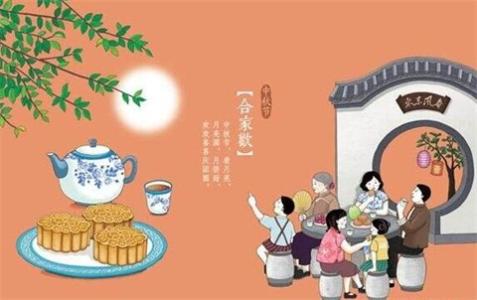
One thing worth mentioning is that in ancient times, women used to have very low social position and almost no opportunities to take part in social activities; yet in Ming and Qing dynasties, it had been quite common for women to go out and tour in festivals.
